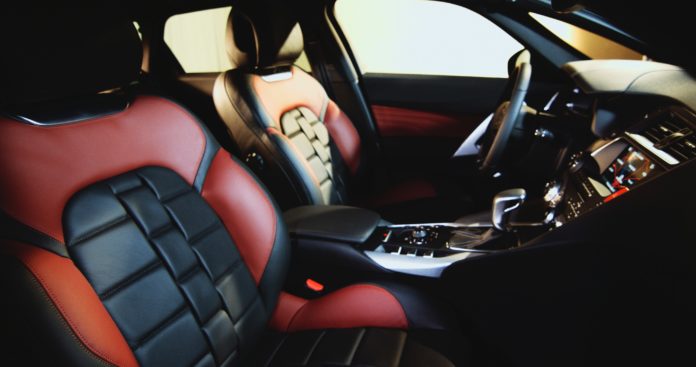
If there’s one thing car shoppers dread about the buying experience today (beyond the rising interest rates on loans), it’s navigating the arcane labyrinth of trim packages, which are often put together in a way that sees them paying for features they don’t want to get features they do.
Consumer Reports’ Kevin Doyle recently recounted a car buying experience that would perplex the savviest vehicle shopper. With a list of features he wanted in hand and some advice from Consumer Reports’ vehicle experts, he set out to visit car dealerships. Typical of car buying today, he was offered about half a dozen trim level packages, but none of them contained all his “must have” features. Then there’s the costs. In some cases, feature packages literally doubled the price of the car. While car trims are not new, and customers certainly appreciate having choices, the number of trim levels on some models have doubled over the past 15 years, according to Doyle.
“The price difference between the base and the top trim levels has stretched to the point that a front-wheel-drive 2019 Kia Sorento SUV can start at a budget-friendly $25,990 and run all the way up to $44,690, which is flirting with the cost of a luxury SUV,” he wrote.
Settling on a Subaru Forrester as the first vehicle to investigate, Doyle hit a Subaru dealership, only to be faced with six trim packages and a variety of option packages, none of which contained all the features he wanted.
“Like a majority of car buyers, to get the features I wanted I would need to climb the trim-level ladder, where each ascending rung comes with more features—and a higher price,” he wrote.
The complexity of options and packages in car buying can be chalked up to the variety of new features auto maker are adding to cars. Once upon a time, a better stereo, a moon roof and cup holders were about as luxurious as things got. Given the array of options today, it would be impossible for automakers to offer the features a la carte. The best they can do is guess based on customer purchase history.
“Auto-industry experts say that trim levels and option packages, frustrating though they may be, impose a necessary order to the growing number of features and conveniences available on cars today,” wrote Doyle. “Without them, they say, the sheer number of choices would become overwhelming for consumers and impossible for carmakers to deliver.”
To make vehicle buyers’ lives easier, Consumer Reports recommends that advanced safety features come standard on every car sold. This way, customers can sift through trim levels and option packages without having to compromise on safety.
“Consumers should not have to wade through complicated menus to see if a car comes with these safety features or pay thousands of dollars for them because they’re packaged with high-end entertainment and other luxury items,” said David Friedman, CR’s vice president of advocacy. “Safety should come standard on every new car and truck. It should not be a luxury.”












